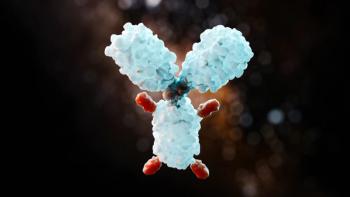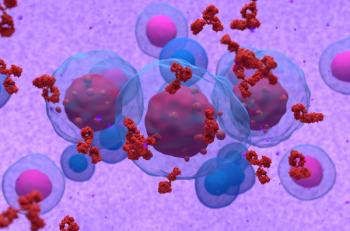
Equipping Public With Nasal Naloxone Leads to Fewer Overdose Deaths
A Massachusetts program that trained people to use the opioid overdose antidote led to significantly reduced rates of death from overdose.
A Massachusetts program that trained people to use the opioid overdose antidote led to significantly reduced rates of death from overdose.
Programs in which members of the public are educated on how to administer nasal naloxone, an antidote to opioid overdose, are associated with a significant reduction in the rate of death from opioid overdose, according to the
At least 50,000 people have received training in overdose education and naloxone distribution (OEND) programs since 1996, reportedly resulting in more than 10,000 rescues in cases of opioid overdose. OEND programs are geared toward those at risk of opioid overdose as well as potential bystanders to overdose, such as social service staff and family and friends of opioid users. The programs equip participants with nasal naloxone rescue kits and train them how to prevent, recognize, and respond to an overdose by providing rescue breathing and delivering naloxone. However, the effect of these programs on rates of death and hospital use due to opioid overdose has not previously been measured in controlled studies.
The BMJ study focused on the 19 Massachusetts communities that had at least 5 fatal opioid overdoses in each of the years from 2004 to 2006. Combined, these communities make up about 30% of the state’s population and are responsible for almost half its fatal opioid overdoses. Some, but not all, of these communities implemented OEND programs between 2006 and 2009.
The researchers found that 2912 potential witnesses to opioid overdose were trained in OEND programs in the 19 communities, and these trainees reported 327 rescues from opioid overdose. These rescue attempts were reported by 212 individuals, 87% of whom were opioid users themselves. The rescue attempts tended to take place in private settings, and the rescuer and the person who overdosed tended to be friends. Nalaxone was successful 98% of the time that it was used.
To determine the impact of the training programs, the researchers compared communities with low and high rates of OEND trainees in a given year with communities with no OEND trainees in a given year. They found that community-year strata with 1-100 trainees per 100,000 population had a significantly reduced adjusted rate ratio of opioid overdose death compared with community-year strata that had no trainees (adjusted rate ratio of 0.73) as did community-year strata with more than 100 trainees per 100,000 population (adjusted rate ratio of 0.54). Differences in rates of acute care hospital use related to opioid abuse, however, were not significant.
The researchers argue that since opioid overdose death rates were significantly reduced in communities were OEND programs were implemented and since the reduction was greater with increased participation in the programs, these programs should be considered an effective intervention. However, they note that the study cannot definitively show that the OEND programs caused the reduction in opioid-related overdose deaths. In addition, they note that the exact population of opioid users in the communities was unknown and was estimated using the communities’ demographics, rates of use of addiction treatment, and proportion of prescriptions that went to doctor shoppers.
Newsletter
Stay informed on drug updates, treatment guidelines, and pharmacy practice trends—subscribe to Pharmacy Times for weekly clinical insights.
















































































































































































































